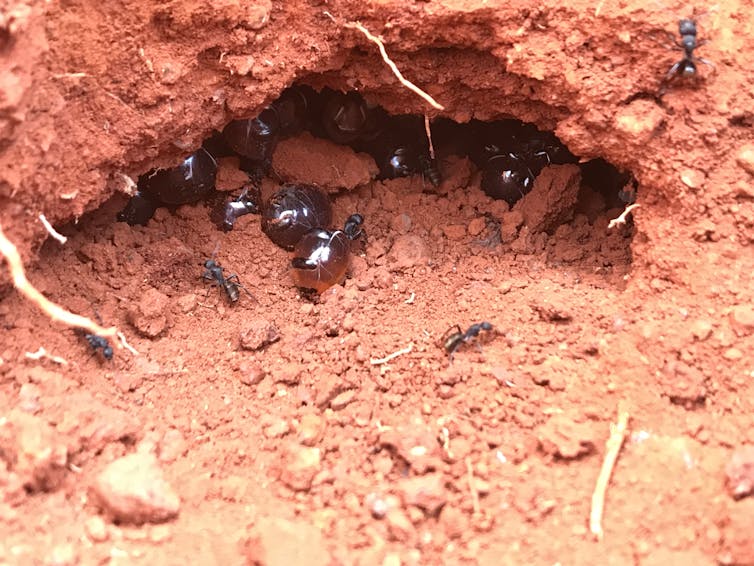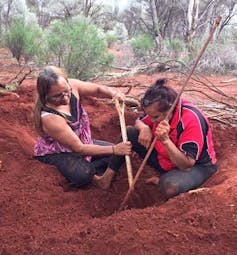2023/07/28

Snoop Dogg visits SiriusXM's Rock the Bells Radio at the SiriusXM Studios in New York.
- Noam Galai/Getty Images North America/TNS
Snoop Dogg is using his celebrity for the greater good, donating $10,000 to help a 93-year-old at risk of being evicted from her family’s Civil War-era home in South Carolina — a plight highlighted by Tyler Perry earlier this summer.
The “Drop It Like It’s Hot” rapper, 51, donated $10,000 to Josephine Wright’s GoFundMe intended to help her maintain ownership of her Hilton Head Island property, a representative confirmed to CNN.
“I did it from the heart,” he told the outlet in a statement, noting that Wright “reminds me of my mother and grandmother.”
A self-described “fighter all my life,” the grandmother of 40 countersued a developer who offered to buy the portions of Wright’s property they claim encroach on theirs.
Wright in her suit alleged that she was facing a “constant barrage of tactics of intimidation, harassment, trespass, to include this litigation in an effort to force her to sell her property,” according to CNN.
As Wright recently told local outlet WSAV, she believes the developer “figured I would become so unnerved with the harassment that I would take [the offer],” which she declined.
The 16-time Grammy nominee’s generous donation to Wright’s GoFundMe is one of more than 5,000 donations to the fundraiser — which has so far raised nearly $283,000 of its $350,000 goal. According to the page, Dallas Mavericks point guard Kyrie Irving has donated $40,000.
Meanwhile, multi-hyphenate Perry took to Instagram late last month to raise awareness of Wright’s cause, responding in particular to her identity as a fighter.
“Well, that makes two of us. Ms. Wright, please tell where to show up and what you need to help you fight,” he wrote.
Meek Mill and Fantasia Barrino are also among the famous names who vowed to support Wright.
© New York Daily News
Snoop Dogg is using his celebrity for the greater good, donating $10,000 to help a 93-year-old at risk of being evicted from her family’s Civil War-era home in South Carolina — a plight highlighted by Tyler Perry earlier this summer.
The “Drop It Like It’s Hot” rapper, 51, donated $10,000 to Josephine Wright’s GoFundMe intended to help her maintain ownership of her Hilton Head Island property, a representative confirmed to CNN.
“I did it from the heart,” he told the outlet in a statement, noting that Wright “reminds me of my mother and grandmother.”
A self-described “fighter all my life,” the grandmother of 40 countersued a developer who offered to buy the portions of Wright’s property they claim encroach on theirs.
Wright in her suit alleged that she was facing a “constant barrage of tactics of intimidation, harassment, trespass, to include this litigation in an effort to force her to sell her property,” according to CNN.
As Wright recently told local outlet WSAV, she believes the developer “figured I would become so unnerved with the harassment that I would take [the offer],” which she declined.
The 16-time Grammy nominee’s generous donation to Wright’s GoFundMe is one of more than 5,000 donations to the fundraiser — which has so far raised nearly $283,000 of its $350,000 goal. According to the page, Dallas Mavericks point guard Kyrie Irving has donated $40,000.
Meanwhile, multi-hyphenate Perry took to Instagram late last month to raise awareness of Wright’s cause, responding in particular to her identity as a fighter.
“Well, that makes two of us. Ms. Wright, please tell where to show up and what you need to help you fight,” he wrote.
Meek Mill and Fantasia Barrino are also among the famous names who vowed to support Wright.
© New York Daily News


 Michael Tran/AFP/GETTY IMAGES NORTH AMERICA/TNS
Michael Tran/AFP/GETTY IMAGES NORTH AMERICA/TNS








